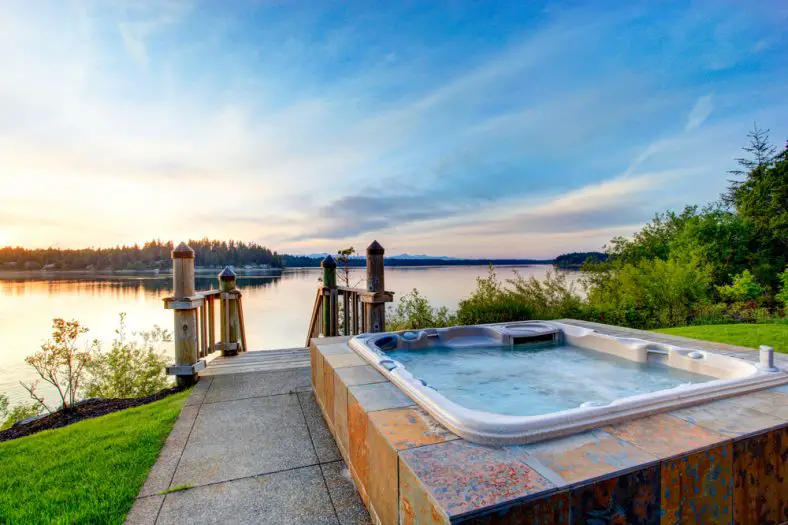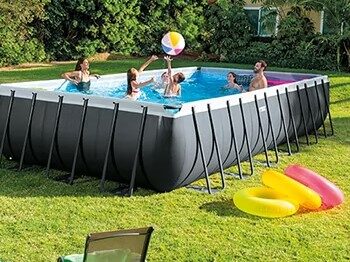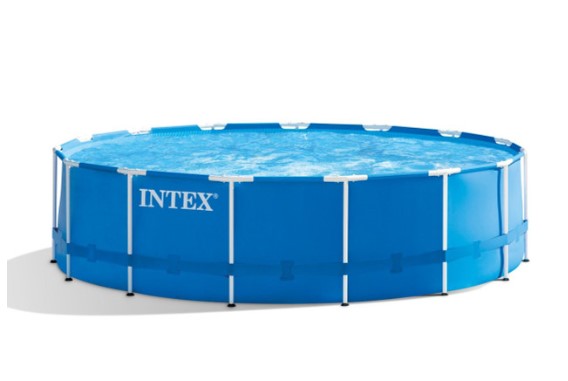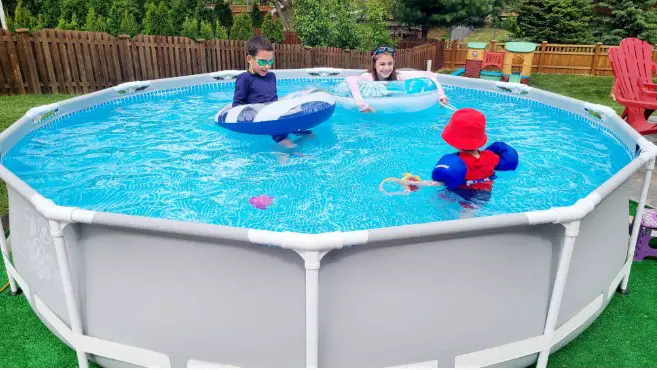Table of Contents
Hot tubs are one of the most luxurious items you can have in your back garden.
These mini-spas are the perfect way to unwind after a long and stressful day at work, the soothing warm bubbles relaxing those knots and easing the tension in your whole body.
However, one thing that will make you tense again pretty quickly is the idea that your hot tub might not meet the required safety regulations of your state.
That’s right, if you have a body of water in your home, then you are liable to any accidents that might take place while you aren’t there to supervise.
When it comes to hot tubs and pools of varying sizes, you might need a fence to stop any unwanted intruders climbing in and potentially hurting themselves.
Children are surprisingly inquisitive, so you can’t rule out the possibility of a neighborhood child climbing into your property and getting in your unfenced hot tub, with potentially disastrous consequences.
So what is the best material to construct a hot tub fence with?
What is the minimum height requirement for a hot tub fence? What other optional features can you get for your hot tub fence to keep your pool safe and secure from intruders?
Well, don’t worry hot tub aficionados, we’re going to cover some of the do’s and dont’s of fencing off your hot tub, such as the legal height requirements, why it is important to check the laws in your state and the difference between in-ground and above ground hot tubs.
So, let’s dip our toe into the water!
Hot Tub Fencing – Pros And Cons
Fencing is simply the best way to keep people from getting into your hot tub without your knowledge.
The purpose of most fences is that they should not be easy to climb. Ideally, you’ll be looking for a fence that is over 4 feet tall to ensure that neither dogs, cats nor humans will be clambering into your hot tub any time soon.
Avoid having a chain-link fence as this might lead to injury or strangulation – you might be trying to keep people out, but you don’t want to injure them in any way, both for moral reasons and the fact that it might lead to a heavy lawsuit or prosecution.
We would recommend a simple wood or plastic construction.
You might also want an optional gate that closes, which will make entering the hot tub much easier for those who have the key.
Before purchasing your new hot tub, make sure you familiarize yourself with the legal codes of your state, as well as the homeowners association that might have additional regulations.
Even though a lot of hot tubs do have plastic coverings, these often do not make them any more secure.
Plastic coverings can easily become loose and leave them exposed, resulting in a potential drowning hazard.
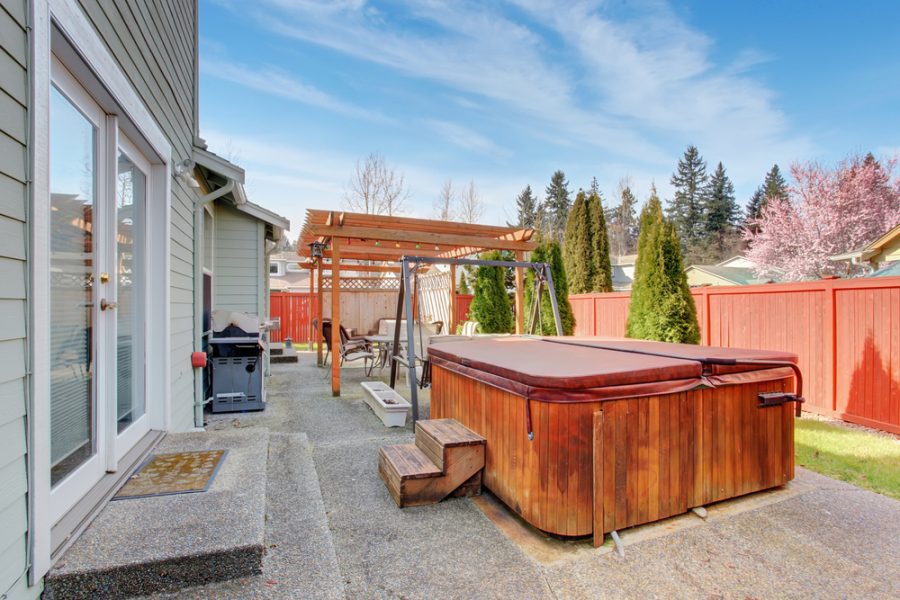
Minimum Height For A Hot Tub Fence
The Center For Disease Control And Prevention (CDC) has a code for aquatic safety that it encourages local and state authorities to adhere to. However, numerous states have their own codes, which are worth researching before you invest in a new hot tub fence.
The CDC guideline that most hot tub owners will want to look at is the one that states that pool owners must have an enclosure to prohibit all unsupervised or unfettered access to the pool or spa area. This is obviously to ensure maximum safety at all times.
The CDC guidelines include the following as basic criteria that you should follow:
- Fences, gates, doors and safety covers should be used on pool areas to prevent access to the water.
- Barriers should be free of any furniture nearby that might result in a minor climbing into the enclosure.
- Gates and self-latching locks should be tested frequently to reduce the eventuality of a malfunction.
- Barriers should be erected for the separation of chemical and mechanical areas.
- The minimum height of a barrier should be 42-inches.
Inground Vs. Above Ground Hot Tubs
Above ground and inground hot tubs are conventionally treated as the same and are therefore subject to the same laws.
Portable or temporary pools such as inflatable pools that are not over 1-inch deep are not subject to any laws regarding health and safety or pool fencing.
According to the US Consumer Products Safety Commission, 67% of pool deaths are from children aged 1-3 years old, which are most likely due to children falling into a pool unsupervised.
Again, the laws around fencing should be enforced rigorously to reduce the number of children who die from drowning.
It also should go without saying that if a child dies from accidental drowning in your hot tub, you are still liable to prosecution in a court of law, especially if you did not take the requisite safety precautions.

Do Spa Pools Have To Be Fenced?
A spa pool is simply just another name for an inground hot tub and is therefore subject to the same laws regarding pool fencing.
A spa pool can either be attached to a regular pool or kept as a separate feature. In either case, the spa pool is subject to the same laws as your regular pool. These can be both indoor and outdoor pools.
If your spa pool is kept indoors under a locked gazebo, then it meets the requirements of pool covering and fencing laws.
Our Final Say
When it comes to any form of outdoor pool, whether it be a hot tub, an in-ground or above ground pool (although the definition of these three tends to indicate the same basic pool structure), then it is enforced by law that you should have an adequate pool enclosure or fencing over the height of 4 feet to prevent accidental drowning.
Remember: even if a child drowns in your pool by climbing in themselves, you will be liable to prosecution for not providing these state-mandated safety barriers.

